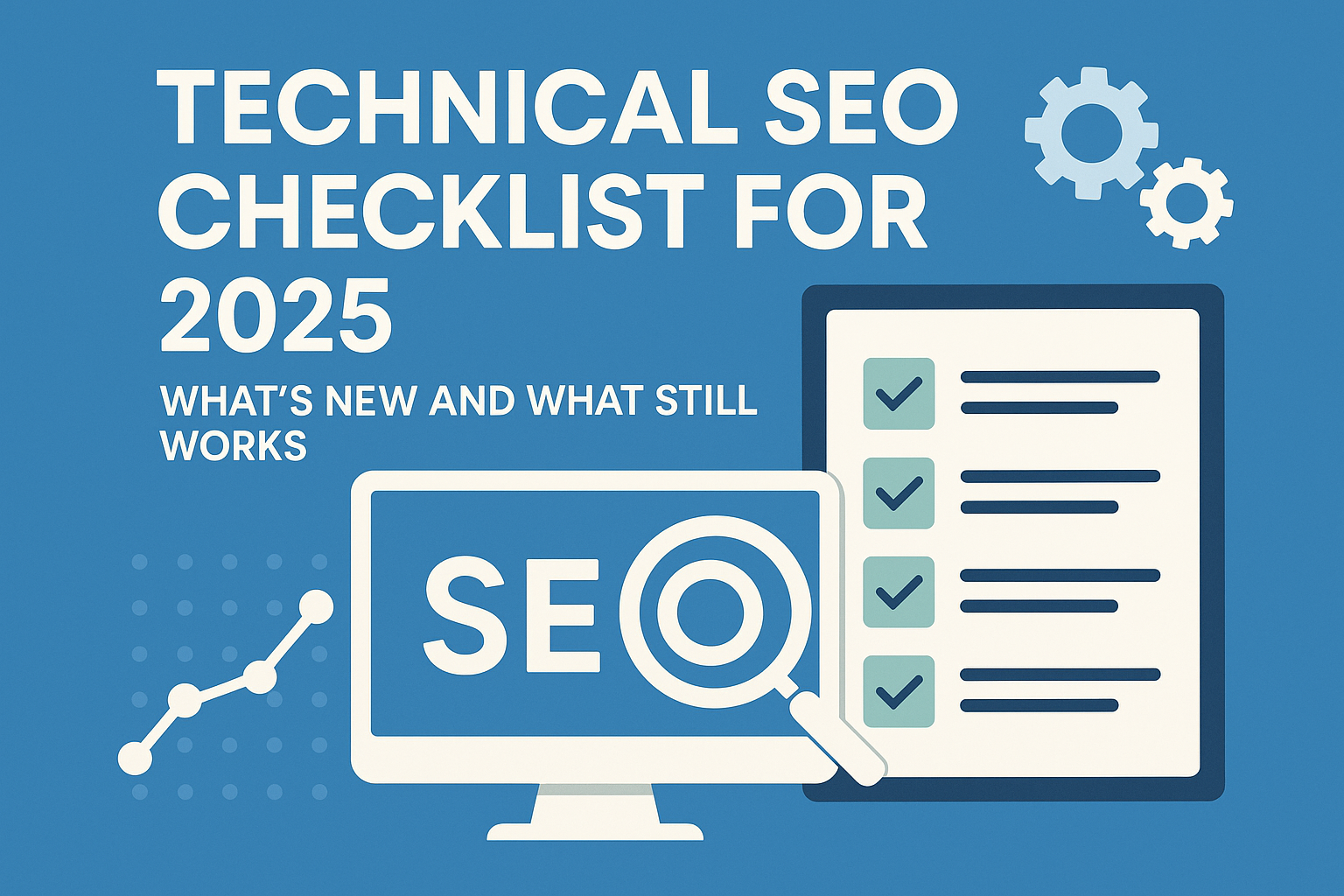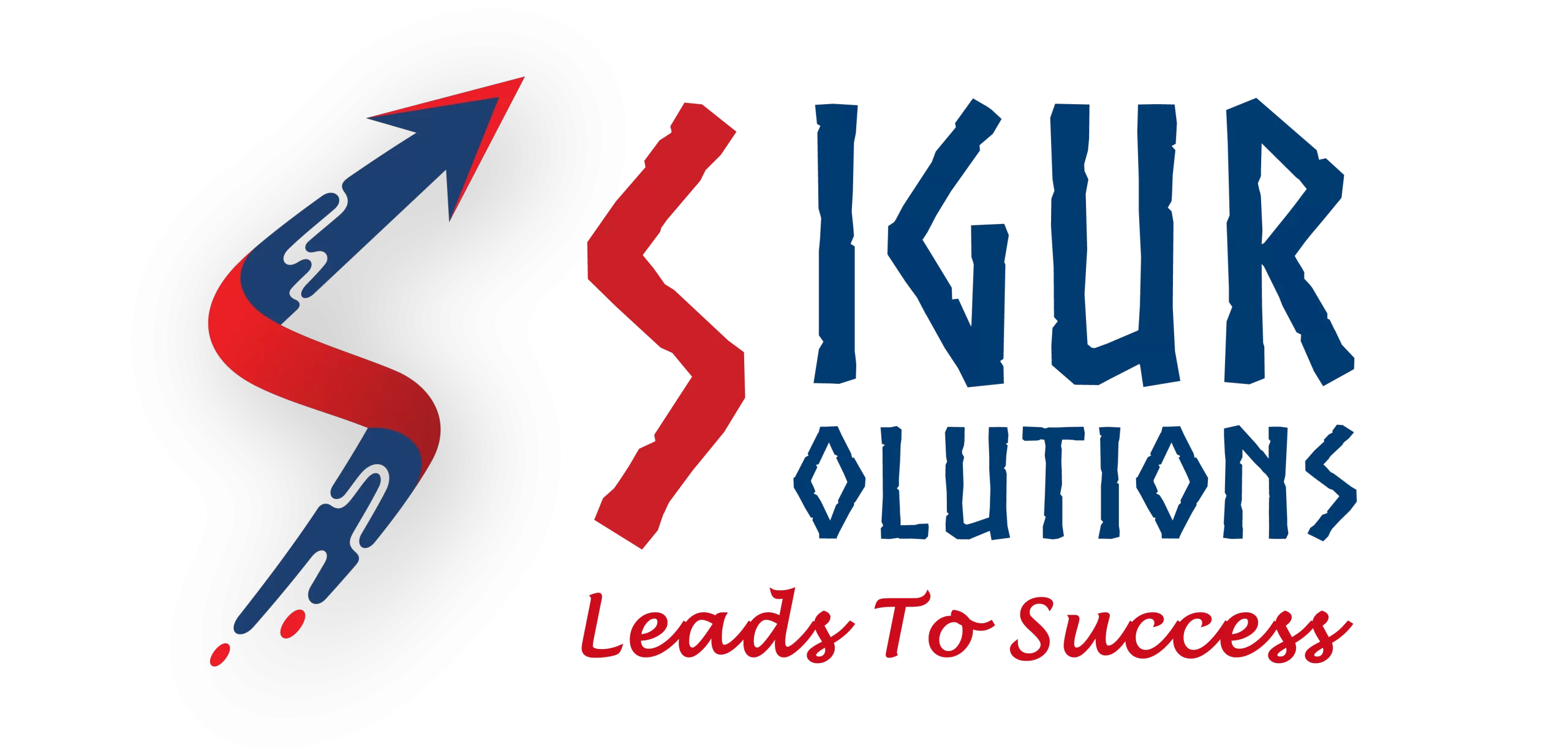Technical SEO Checklist for 2025: What’s New and What Still Works

Staying ahead in SEO means staying updated—and when it comes to technical SEO, the landscape continues to evolve with new search engine algorithms, core web vitals, and UX expectations. As we step into 2025, now is the perfect time to update your technical SEO strategy to make sure your site is optimized for both search engines and users.
Here’s your ultimate technical SEO checklist for 2025, highlighting what’s new, what still works, and what you shouldn’t ignore if you want to stay competitive.
1. Mobile-First Indexing Is Non-Negotiable
What still works: Google has fully embraced mobile-first indexing. This means your mobile version is the primary version Google uses to index and rank your site. What to do in 2025:- Ensure your mobile and desktop versions have the same content.
- Use responsive design instead of separate URLs for mobile.
- Optimize for mobile speed, accessibility, and navigation.
2. Core Web Vitals: A Ranking Factor You Can’t Ignore
What’s new: In 2025, Core Web Vitals are still crucial but evolving. Google now places more emphasis on interaction to next paint (INP) instead of first input delay (FID).
Checklist updates:
- Optimize Largest Contentful Paint (LCP) under 2.5 seconds.
- Keep Cumulative Layout Shift (CLS) below 0.1.
- Improve INP to ensure fast and responsive interactivity.
Use tools like PageSpeed Insights and Lighthouse to track your progress.
3. Secure Your Site with HTTPS
What still works: Google gives ranking preference to secure websites. If your site is still using HTTP, it’s time to switch. What to check:- Your SSL certificate is valid and up to date.
- All internal links use HTTPS versions.
- Fix any mixed content issues.
4. XML Sitemaps and Robots.txt: Still Essential
What still works: Search engines still rely on your sitemap and robots.txt file to crawl and index your site effectively.
2025 checklist:
- Update your XML sitemap regularly.
- Submit your sitemap in Google Search Console.
- Disallow only the necessary pages in robots.txt (e.g., admin pages).
5. Structured Data and Schema Markup
What’s new: Google continues to enhance rich results using structured data. In 2025, AI-powered search features are leaning heavily on schema to understand content better.
Tips:
- Use schema for articles, FAQs, products, reviews, etc.
- Test with Google’s Rich Results Test Tool.
Keep up with new schema types introduced by Schema.org.
6. Crawl Budget Optimization
What still works: Googlebot has limited resources when crawling your site. Prioritizing the most important pages ensures better indexing.
How to optimize:
- Fix broken links and redirect chains.
- Use internal linking to highlight high-priority content.
Avoid duplicate or thin content that wastes crawl resources.
7. Canonical Tags to Prevent Duplicate Content
What still works: Canonical tags help consolidate ranking signals for similar or duplicate pages. What to check:- Every page has the correct canonical tag.
- No conflicting or self-referencing tags.
- Use canonical URLs across paginated content.
8. URL Structure and Site Architecture
What’s new & still relevant: In 2025, clean and logical site architecture remains critical for user experience and crawlability.
Checklist:
- Use short, descriptive URLs with keywords.
- Maintain a flat site structure (ideally, all pages reachable within 3 clicks).
Use breadcrumb navigation for better UX and SEO.
9. 404 Pages and Redirects
What still works: Broken links are bad for SEO. A well-managed 404 page helps retain users, and 301 redirects help preserve link equity.
What to check:
- Audit your site for broken links regularly.
- Set up custom 404 pages that guide users.
Use 301 (not 302) redirects for permanent changes.
10. Technical SEO Tools for 2025
What’s new: AI-powered tools are making technical SEO smarter and more efficient.
Recommended tools:
- Google Search Console – Your go-to for indexing issues.
- Screaming Frog – Still a top choice for deep technical audits.
- Ahrefs / SEMrush – Advanced crawling and performance tracking.
JetOctopus or Sitebulb – Next-gen crawling with UX insights.
Technical SEO in 2025 isn’t just about fixing errors—it’s about creating a fast, accessible, and structured site experience for users and search engines. While some foundational practices remain the same, new updates like the INP metric, AI-driven search behavior, and evolving schema standards make it essential to stay proactive.
Use this checklist to audit your site regularly and make improvements that drive organic growth, enhance usability, and future-proof your SEO strategy.




